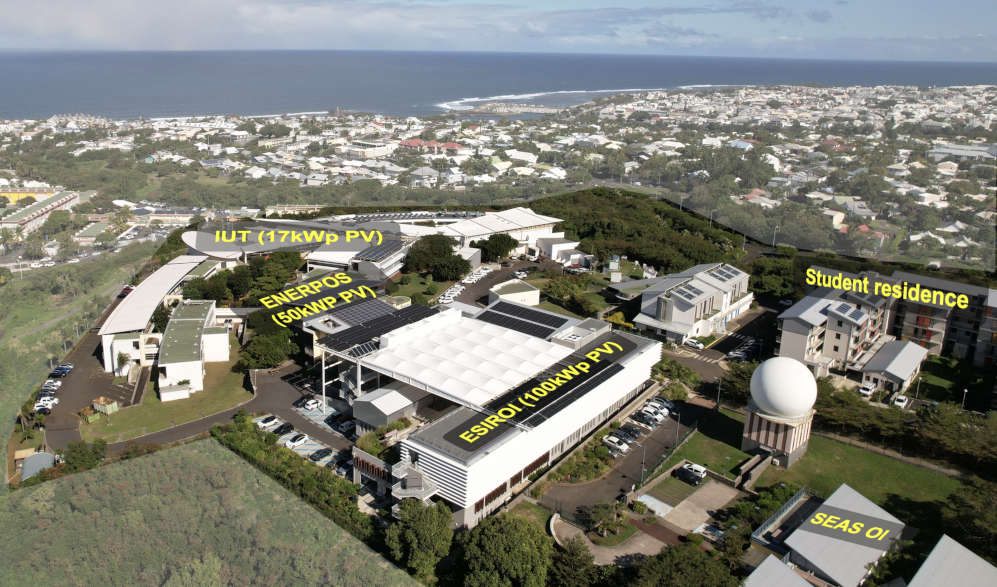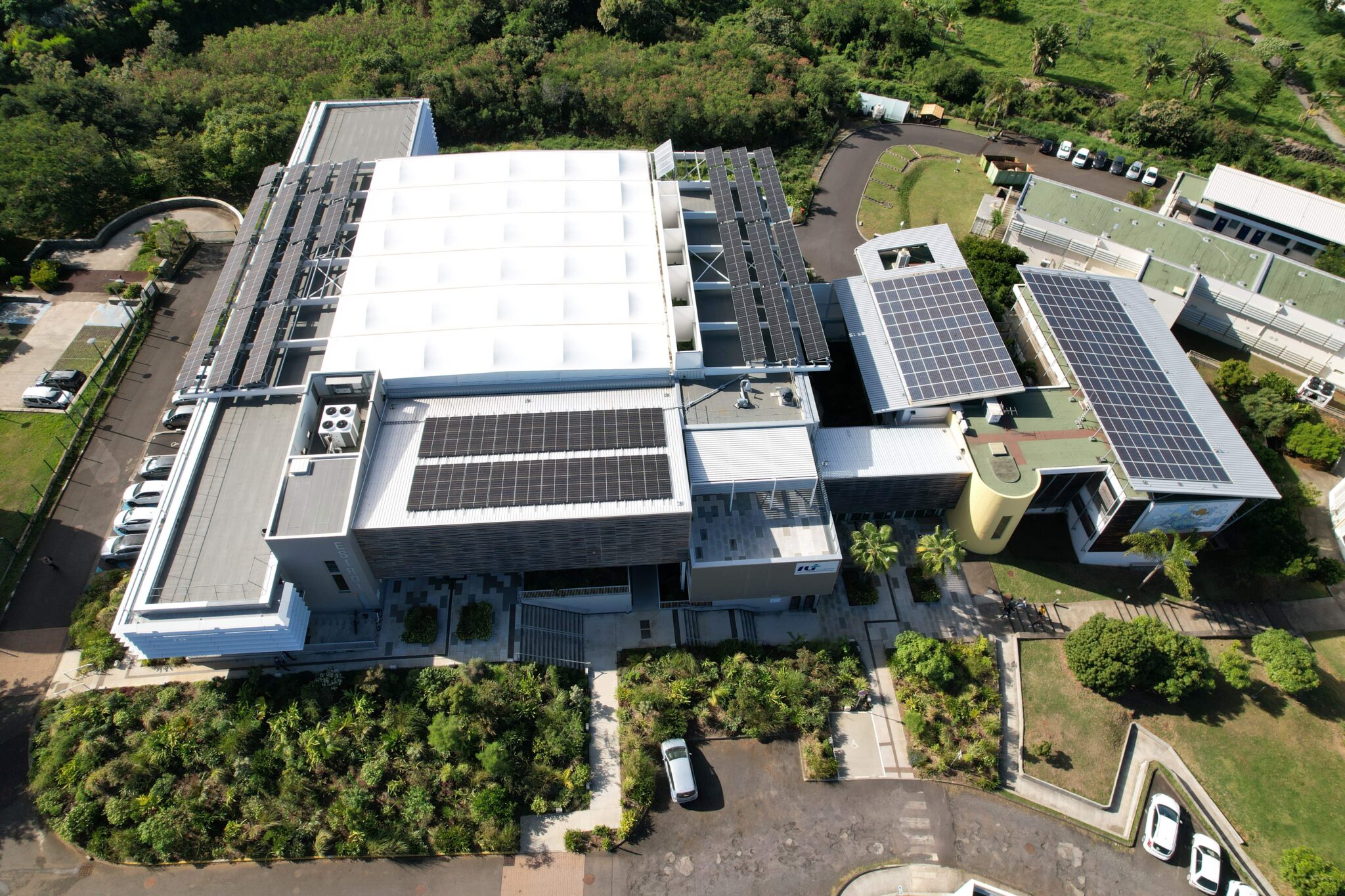Research
Key scientific issues to massively integrates solar energy into non-interconnected zones: stability, energy balance, anticipation
Non-interconnected zones, such as La Reunion or other islands, face specific issues to integrate massively intermittent energies such as solar energy in their electricity mix. Indeed, as they are not related to any large energy network, the whole energy system must be stable and maintain a constant balance between consumption and production. Anticipation of energy production levels, flexibility and optimal control are central to ensure this stability.
With TwInSolar, we aim at working on key scientific challenges to facilitate the massive integration of solar in non-interconnected zones:
Energy systems modeling and sizing under high uncertainty,
Short-term forecasting of production and demand with a probabilistic approach,
Smart management with optimal predictive control.
During the project we will design an innovative and affordable solution to supply energy to the university campus of Terre Sainte (La Reunion) with a massive integration of solar power.
With two net-zero energy buildings (NetZEB) on this site, UR has already set up an efficient energy saving policy for this campus. This project will go one step further by studying a solution to significantly reduce the carbon emissions by feeding the microgrid with at least 80% of on-site solar production. The main outcomes are the optimal design of possible solutions, a predictive energy management system based on operational forecasts and a case study for the workshops and summer schools. During this research activity, UR, DTU and Fraunhofer will be jointly involved in the co-supervision of young researchers (Masters, PhDs and postdocs).
- +1000 students
- University buildings 12 600m2 floor area
- 244 student rooms
- 1 restaurant
- Electric load 1,2 GWh/year
- Installed PV 170kWp
- Actual self-sufficiency 16%


